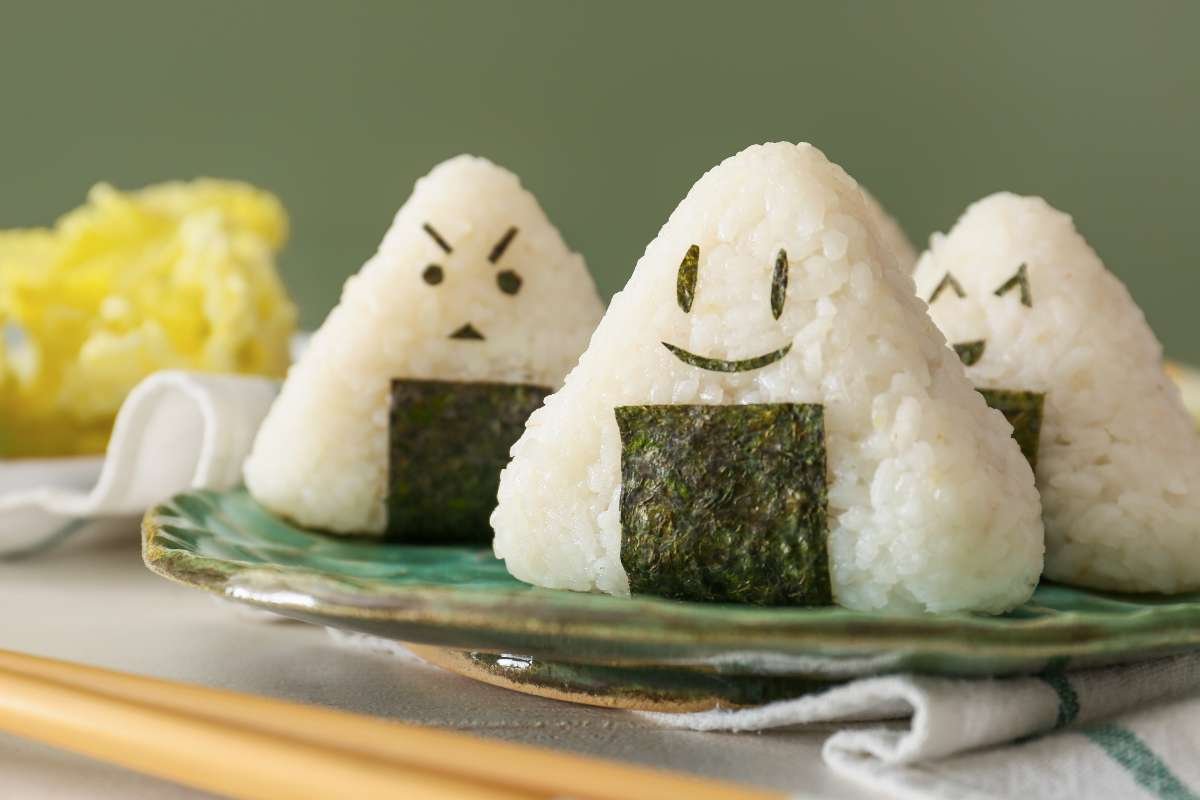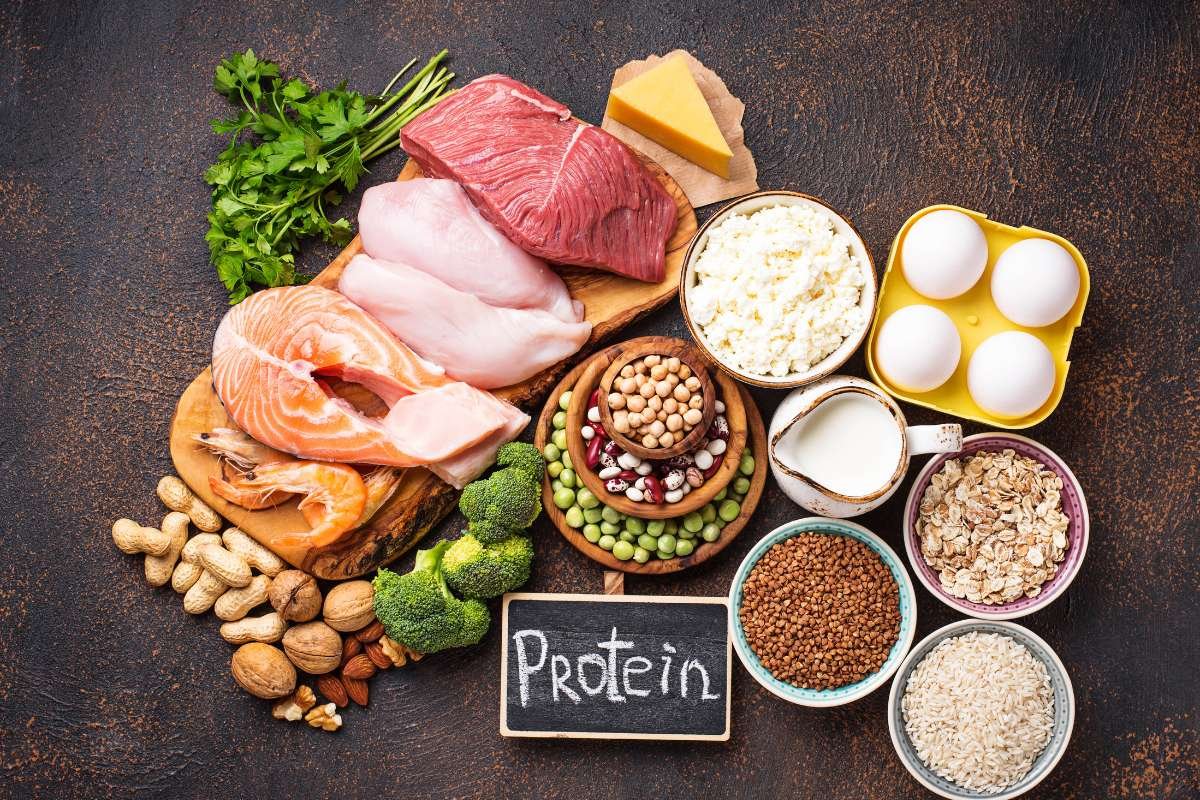You’ve probably had more white rice in your life than you can count. It’s the loyal sidekick of curries, stir-fries, and mom’s comfort food. If rice could talk, it would say,
“Hey, I’ve been feeding half the world for centuries, give me some credit!”
We often hear people refer to it as “just carbs” or blame it for weight gain. But here’s the twist: when eaten in moderation, white rice is far from a villain. In fact, white rice nutrition facts prove it still holds a strong place in a balanced diet. So, let’s break down this fluffy, satisfying food and see what’s really hiding under those soft grains.
White Rice Nutrition Facts: What’s Inside Your Bowl
Let’s start with what most people ask: what exactly do you get from a bowl of white rice?
One cup (about 158 grams) of cooked white rice provides the following nutrients:
| Nutrient | Amount per 1 Cup (158g Cooked White Rice) |
| Calories | 205 |
| Carbohydrates | 45 g |
| Protein | 4 g |
| Fat | 0.4 g |
| Fiber | 1 g |
| Calcium | 16 mg |
| Iron | 1.9 mg |
| Magnesium | 19 mg |
| Potassium | 55 mg |
| Sodium | 2 mg |
These white rice nutrition facts show that while rice is low in fat, it provides energy-rich carbohydrates that fuel both your brain and body throughout the day. That’s why athletes and fitness lovers often turn to it for a quick energy boost before their workouts.
The Science Behind Its Energy Power
Carbohydrates in white rice are mostly in the form of starch, which the body easily breaks down into glucose. This gives you fast energy, especially useful when you’re feeling drained or after exercise.
While some diets label carbs as the bad guys, the truth is your body needs them. What matters is portion control and balance. The white rice nutrition facts support the idea that rice can be part of a healthy diet if you’re mindful of how much you eat and what you pair it with, like veggies, protein, or beans.
Also Read:
- Quinoa vs Rice: Which One Truly Deserves a Place on Your Plate?
- Is Basmati Rice Healthy? Food or Just a Flavorful Staple
- Is Eating Raw Rice Safe? Here’s What You Need to Know
Is White Rice Lacking in Nutrients?
.jpg)
Here’s where things get interesting. White rice is milled and polished, which removes the bran and germ layers. This process gives it that clean white color but also strips some nutrients like fiber, vitamins, and minerals.
However, many brands sell “enriched white rice,” which means some nutrients like iron and B vitamins are added back during processing. So, you still get some important nutrients without the heaviness of brown rice.
In short, white rice nutrition facts show it’s not empty calories; it’s just simpler in form.
White Rice and Weight: Friend or Foe?
People often blame rice for weight gain, but it’s not rice; it’s how much rice. If your plate is 90% rice and 10% everything else, you’re overdoing it.
Eating moderate portions, especially with protein and fiber-rich sides, keeps you full longer and helps balance blood sugar. The white rice nutrition facts reveal that it’s naturally low in fat and cholesterol-free, which means it can fit well in weight management plans when eaten wisely.
Digestive Health Benefits

Another reason white rice remains a comfort food worldwide is that it’s easy on the stomach. Because it’s low in fiber, it’s gentle on digestion and often recommended when someone is recovering from illness or dealing with stomach issues.
In many Asian cultures, plain white rice with broth is considered a healing meal. This soothing effect supports why the white rice nutrition facts matter beyond just calories; it’s about comfort, recovery, and energy.
Glycemic Index and Energy Levels
White rice has a higher glycemic index (GI) than brown rice, meaning it can raise blood sugar levels faster. But this doesn’t make it harmful. Pairing it with protein, healthy fats, or vegetables slows down digestion, keeping blood sugar stable.
So, those white rice nutrition facts make more sense when you look at the whole meal, not just the rice. It’s teamwork between foods that keeps your energy steady.
Cultural and Emotional Value of White Rice

Beyond nutrition, white rice carries emotional value. It’s part of traditions, comfort, and family meals across India, Japan, China, and beyond. It connects generations through recipes that never go out of style.
Sure, you can count calories, but you can’t measure comfort, and that’s something even white rice nutrition facts can’t fully capture. It’s a food that brings people together at the table, no matter the cuisine.
How to Eat White Rice the Smart Way?
Here are a few simple tricks to enjoy rice guilt-free while keeping it balanced:
- Stick to portions – One cup cooked is usually enough per meal.
- Add color – Pair it with colorful vegetables or salads.
- Mix it up – Combine with lentils, beans, or grilled chicken for protein.
- Cook it right – Avoid frying; boiling or steaming keeps it light.
- Try cold rice occasionally – Chilled rice forms resistant starch, which supports gut health and lowers its GI level.
These habits let you enjoy your favorite grain while keeping your nutrition on point, exactly what the white rice nutrition facts encourage.
Also Read:
- White Rice: That Simple Food Changing Your Health Game
- Jasmine Rice vs White Rice: The Surprising Differences You Didn’t Know
- Brown, Black, or Red? The Healthiest Types of Rice May Shock Yo
Conclusion:
So, let’s give white rice the respect it deserves. It’s not trying to sabotage your diet; it’s been helping people survive and smile for centuries. The white rice nutrition facts remind us that balance is the real secret, not elimination.
Eat it smartly, love it openly, and remember, life’s too short to skip your favorite comfort food. After all, the world runs on dreams, laughter, and sometimes, a perfectly cooked bowl of white rice.







